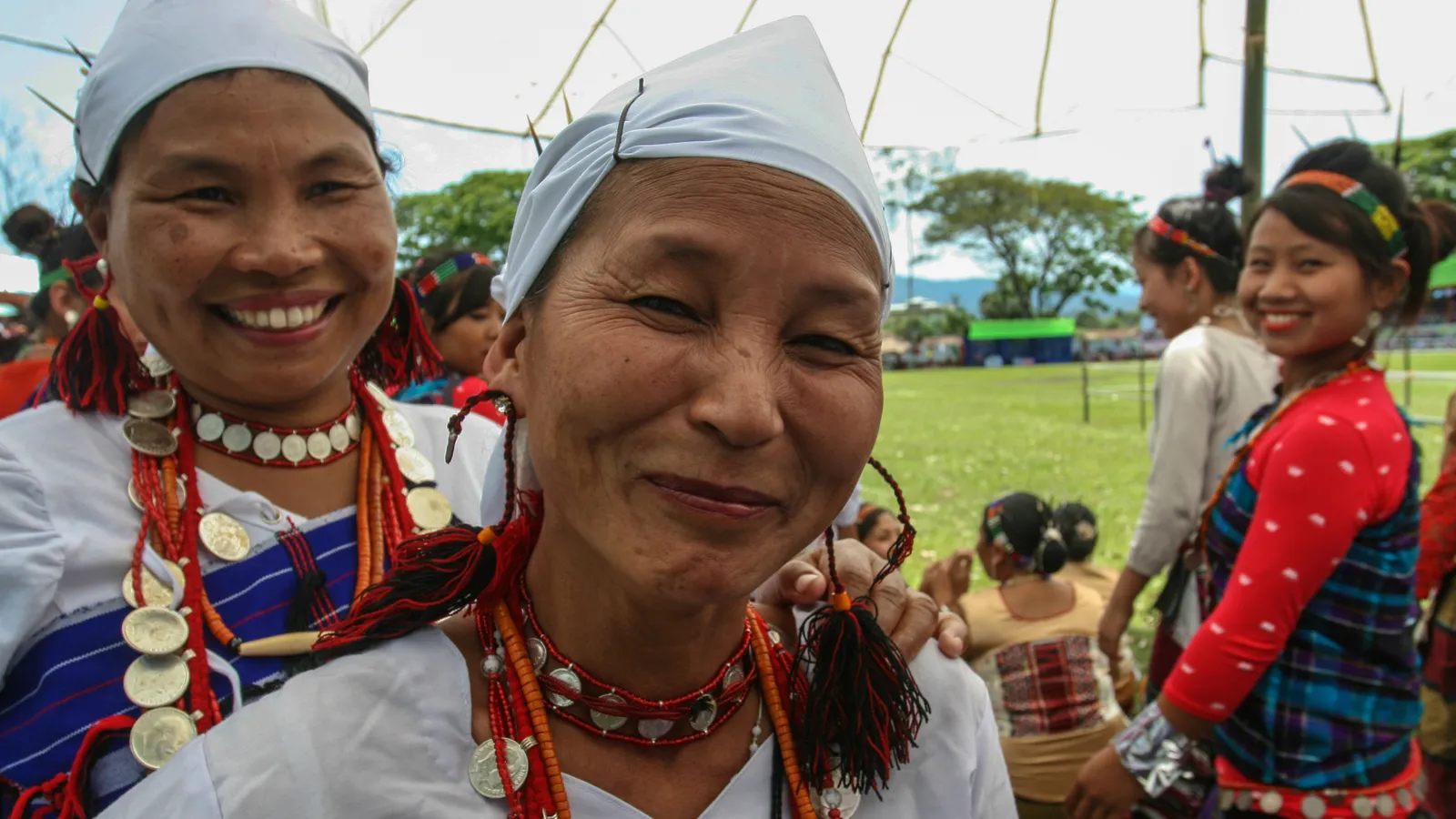Between 1961 and 1971, thousands of languages vanished from Indian census data. One man decided to track them down, before they were lost forever.
It was 2010 and Ganesh N Devy was concerned about the lack of comprehensive data on the languages of India. "The 1961 [Indian] census recognised 1,652 mother tongues," says Devy, "but the 1971 census listed only 109. The discrepancy in numbers frustrated me a lot."
So, Devy decided to find out what was going on himself.
India is one of the most linguistically diverse countries in the world. K David Harrison, a linguist from Swarthmore College in Pennsylvania, has labelled the country a "language hotspot". This, according to Harrison, is a place with a high level of linguistic diversity and endangerment, as well as a low level of documentation.
As a professor of English at Maharaja Sayajirao University of Baroda in Gujarat, Devy has always had an interest in languages. He has founded a number of organisations for their study, documentation and preservation, including the Bhasha Research and Publication Centre in Baroda, the Adivasis Academy in Tejgadh, the DNT-Rights Action Group, among others.
"I had an intuition that the languages of communities with a very small number of people, communities that are economically deprived or communities that are nomadic are getting concealed in official statistics," says Devy.
Devy felt that it would take a long, arduous process to document every language in India, so he stepped in to help. He launched the People's Linguistic Survey of India (PLSI) in 2010, for which he put together a team of 3,000 volunteers from all over the country. Most of these volunteers weren't researchers, but writers, school teachers, and other non-professional-linguists who possessed an intimacy with their mother tongue that was invaluable to Devy.
In a survey conducted during 2010-2013, Devy and his team recorded 780 languages and 68 scripts across the country. Devy says that nearly 100 languages could not be documented, either because of remoteness of the region or conflict, so the true number of languages in India continues to be hidden from us.
Since 2013, the PLSI has published 68 volumes, featuring detailed profiles of each language that Devy came across. The remaining 27 volumes will be published by 2025.


 www.bbc.com
www.bbc.com
It was 2010 and Ganesh N Devy was concerned about the lack of comprehensive data on the languages of India. "The 1961 [Indian] census recognised 1,652 mother tongues," says Devy, "but the 1971 census listed only 109. The discrepancy in numbers frustrated me a lot."
So, Devy decided to find out what was going on himself.
India is one of the most linguistically diverse countries in the world. K David Harrison, a linguist from Swarthmore College in Pennsylvania, has labelled the country a "language hotspot". This, according to Harrison, is a place with a high level of linguistic diversity and endangerment, as well as a low level of documentation.
As a professor of English at Maharaja Sayajirao University of Baroda in Gujarat, Devy has always had an interest in languages. He has founded a number of organisations for their study, documentation and preservation, including the Bhasha Research and Publication Centre in Baroda, the Adivasis Academy in Tejgadh, the DNT-Rights Action Group, among others.
"I had an intuition that the languages of communities with a very small number of people, communities that are economically deprived or communities that are nomadic are getting concealed in official statistics," says Devy.
Devy felt that it would take a long, arduous process to document every language in India, so he stepped in to help. He launched the People's Linguistic Survey of India (PLSI) in 2010, for which he put together a team of 3,000 volunteers from all over the country. Most of these volunteers weren't researchers, but writers, school teachers, and other non-professional-linguists who possessed an intimacy with their mother tongue that was invaluable to Devy.
In a survey conducted during 2010-2013, Devy and his team recorded 780 languages and 68 scripts across the country. Devy says that nearly 100 languages could not be documented, either because of remoteness of the region or conflict, so the true number of languages in India continues to be hidden from us.
Since 2013, the PLSI has published 68 volumes, featuring detailed profiles of each language that Devy came across. The remaining 27 volumes will be published by 2025.


The race to find India's hidden languages
Between 1961 and 1971, thousands of languages vanished from Indian census data. One man decided to track them down, before they were lost forever.
